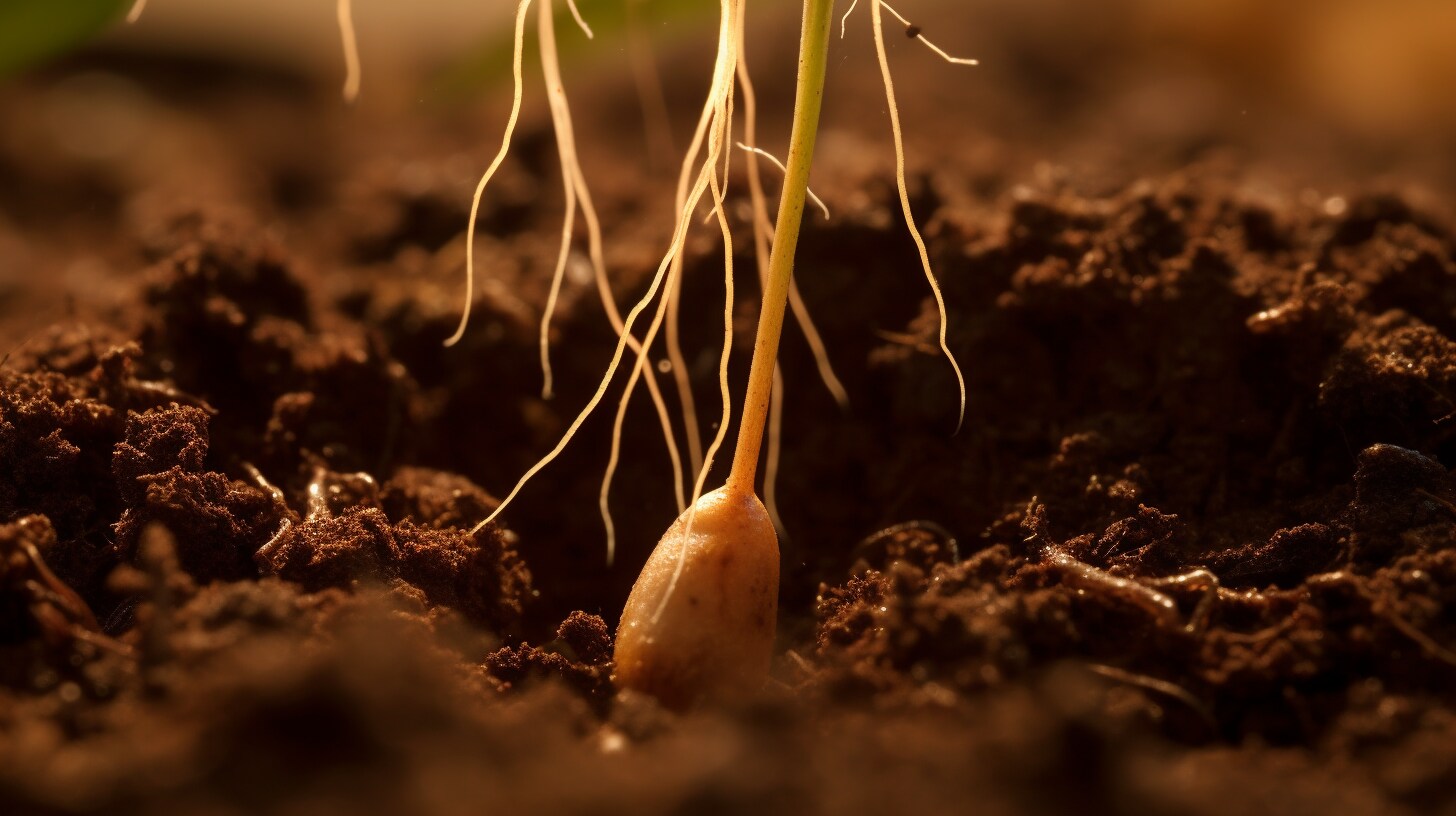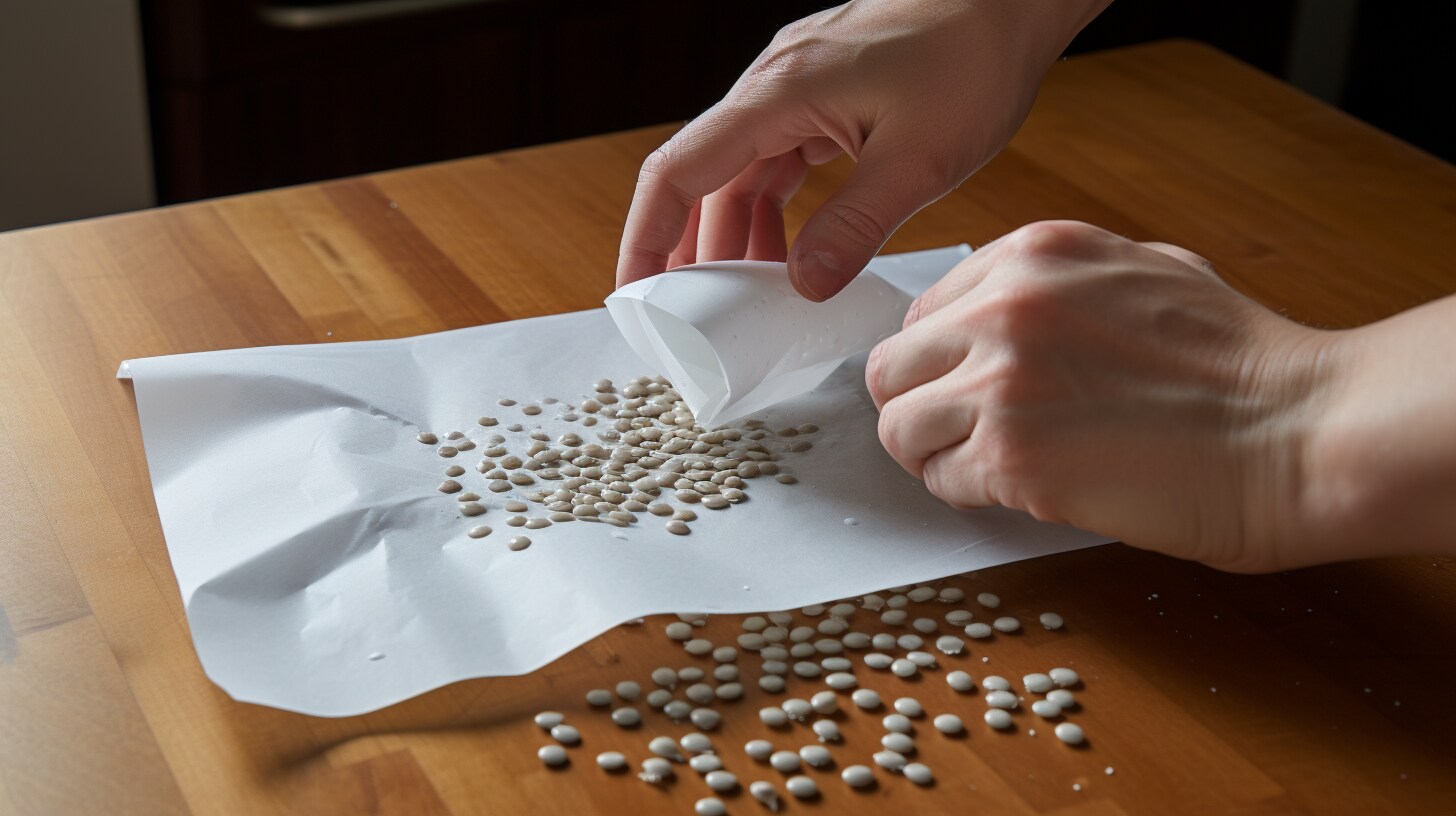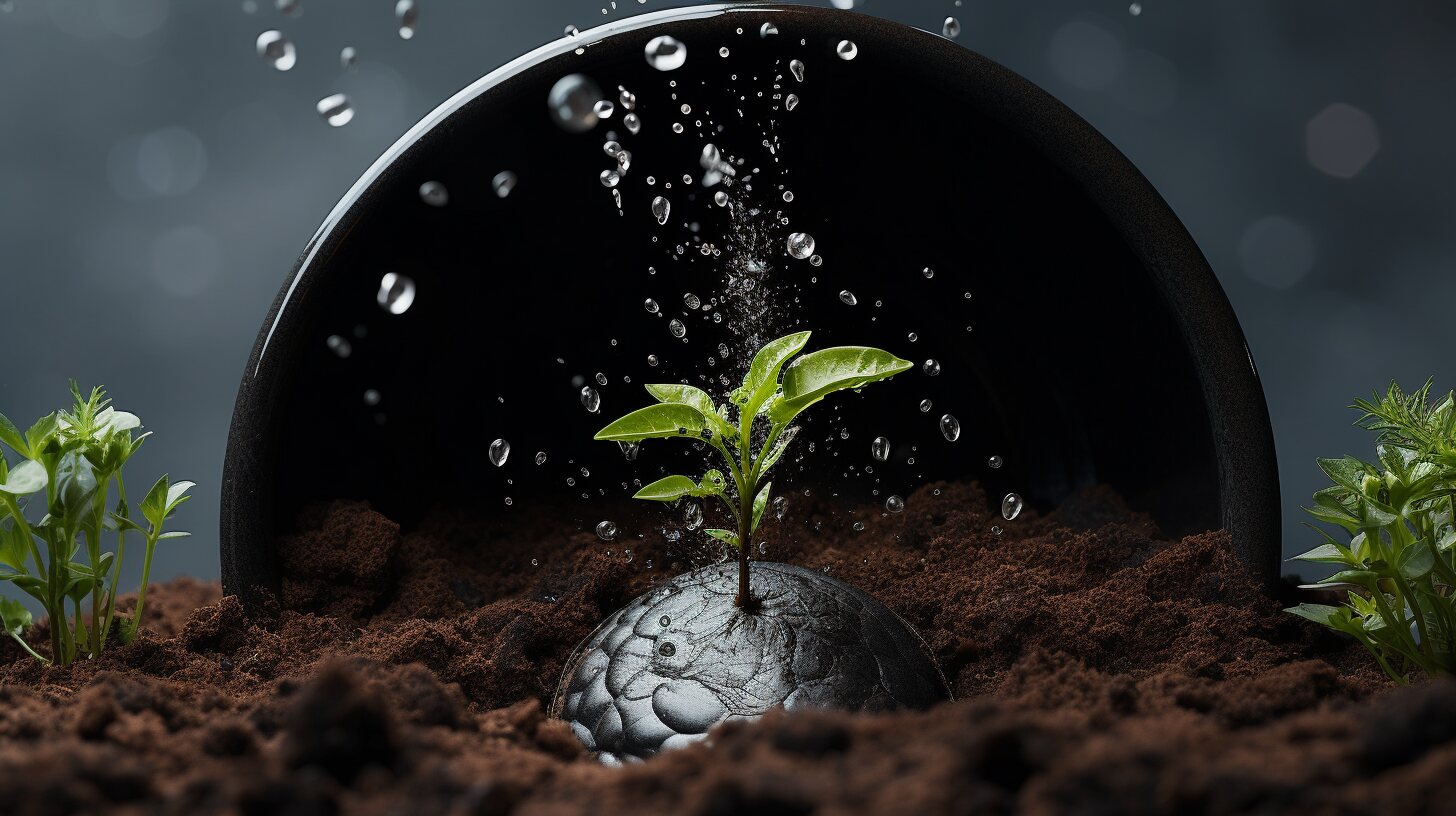How To Germinate Cannabis Seeds
Germination is essential for growing cannabis, as it marks the start of the growth process. The process begins when a seed receives environmental cues that let it know the conditions are just right for growth. This can include factors such as moisture and temperature, which trigger the seed to swell and eventually break out of its shell to form a seedling or germ from which roots will emerge.
These roots serve an important purpose: nutrition and support the newly formed plant. The seed knows instinctively to produce roots that grow facing downward, while stems naturally bend upward towards light energy sources – allowing a two-part uptake of nourishment from soil and air alike. Once these steps have been completed, a cannabis plant is ready to begin its exciting journey to maturity.
Preparing To Germinate Cannabis Seeds
Germinating cannabis seeds is a critical step in successful marijuana cultivation. Establishing a conducive environment and employing the right techniques can significantly enhance the chances of a bountiful harvest. Taking steps to ensure successful popping is key to achieving maximum weed yields.
- Start by soaking the seeds in a 1% hydrogen peroxide or compost tea solution for 12 hours to eliminate potential pests.
- Maintain an optimal humidity level in the germination environment.
- Regulate the temperatures to stay within 68-72 degrees Fahrenheit for hassle-free sprouting.
- Handle the seeds minimally during this period to avoid straining or cracking, which can expose them to harmful bacteria or fungi.
- Following these guidelines will lay a robust foundation for your marijuana cultivation endeavors, increasing your confidence in future crop yields.
How To Germinate Cannabis Seeds
The optimal germination technique is ultimately a matter of personal preference for the grower. Below, we outline several popular and effective methods for sprouting cannabis seeds to help you make an informed decision.
How To Germinate Seeds In Soil
Germinating cannabis seeds in soil is a method that not only safeguards the delicate root systems but also replicates the plant's natural growth conditions. Here are the essential steps that one needs to follow when using this method:
- Use the correct soil type: Choose fertilized potting soil or a seed starter with a pH level of 6. This ideal acidity and nutrient balance support the plants during their initial two weeks of growth.
- Avoid extra fertilizer: The soil should already contain sufficient nutrients for this stage of development, making additional fertilizer unnecessary and potentially harmful.
- Plant seeds individually: Each seed should have its small pot. A hole slightly over half an inch deep, created with your finger or a pencil, is ideal.
- Allow for root growth: This planting method promotes the growth of nutritious roots that stabilize the seed as it grows into a young marijuana plant.
How To Germinate Seeds In Water
The method of germinating cannabis seeds in water is efficient and straightforward, offering a higher success rate than soil germination. By controlling certain environmental factors, you can ensure quick and successful germination. Here are the key steps to follow:
- Begin by filling a glass with room-temperature tap water.
- Carefully drop the cannabis seeds into the water.
- Allow the seeds to soak for 24-48 hours until the stems begin to pop out. For slower sprouting seeds, soaking can be extended up to a week.
- Ensure the temperature of the water remains around 65 degrees Fahrenheit.
- Once germination is evident, the seedlings have commenced their journey towards life.
- Adjust other environmental factors, such as light and atmosphere, as these can significantly impact germination times.
More: How Long to Soak a Cannabis Seed.
How To Germinate Seeds Using Paper Towels
The paper towel method is a popular, efficient germination technique often used by gardeners worldwide. This method ensures optimal moisture levels for the seeds, facilitating healthy seed growth.
- Start by laying a paper towel on a flat surface, then place the seeds on it and cover with another paper towel.
- Dampen the paper towels lightly with water and safely store the cushioned seeds between two plates under an overturned bowl or in a sealed plastic bag.
- Maintain the environment at around 72 degrees Fahrenheit (22 degrees Celsius), and keep it away from direct natural light for optimal results.
- Depending on the seed type and size, sprouts should emerge from their encasement and develop tiny roots of about 5 mm in length within 2–5 days.
- The seeds are ready to be planted in the soil upon the development of these roots.
How Do You Germinate Seeds Indoors?
Indoor germination is a tried-and-true method for cultivating cannabis, offering many benefits and greater control. This technique ensures optimal temperature, light exposure, and moisture balance to facilitate proper germination, protecting your delicate seedlings from harsh outdoor elements. Here are the key steps to successfully germinate cannabis seeds indoors:
- Choose Your Preferred Germination Method: This could germinate in soil or on a wet paper towel.
- Prepare Your Workspace: Ensure your workspace is clean and well-equipped with all necessary tools, materials, and supplies.
- Container Preparation: Place the seeds in a vessel or tray, then enclose them in an airtight plastic container with holes for air circulation.
- Find the Ideal Location: The container should be placed in a warm location, away from direct sunlight, for best results.
- Monitor the Germination Process: Keep a close eye on your seeds. They should sprout and be ready to transfer to a medium such as soil or another substrate, typically within four to seven days.
More: Difference Between Male and Female Cannabis Plants.
Giving Your Seeds The Best Possible Start In Life
Good lighting for the marijuana seeds you want to grow is essential in giving them the best possible start in life. Ensuring your chosen area is well-lit but not overly exposed to light is important.
Fluorescent light or CFL grow lights are typically preferred as they provide enough of a light source without being too intense. This is especially important for young seedlings, as too much light can damage cannabis in its early stages.
In addition to paying special attention to the hours of light your young healthy plants receive, it’s also worth troubleshooting any other issues that may affect your germination success.
For example, ensuring adequate temperature and moisture should be your priorities when creating an ideal environment for successful germination.
Temperature and moisture vary based on the type of seed you are growing and should be monitored throughout the growth process – particularly during germination – to give your marijuana seeds the best possible start.
Germination Temperature Plays A Crucial Role
Temperature plays an incredibly important role in the germination method. Without the proper temperature, seeds cannot initiate germination and ensure they are successful. Ideally, the optimal temperature for most species of marijuana seeds is between 22°C and 25°C (71–77°F).
Temperatures above or below this range can damage or even kill the seed, limiting its growth potential. The growing environment must remain damp but never wet throughout the germination period. Too much moisture can create a breeding ground for fungus and bacteria, further damaging or destroying a seed's potential for growth.
Seed viability depends heavily on environmental conditions such as temperature, light intensity and duration, soil levels of Ph, moisture content, and nutrient availability. While these factors may differ from species to species, temperature is the biggest component in ensuring successful germination processes.
What Is An Expected Germination Time?
Germination is the thrilling first step in the life cycle of a cannabis plant. This process, which can take as little as 12–36 hours with proper conditions, includes several key stages and requirements.
- Activation: Warmth, moisture, and darkness work harmoniously to activate the seed and initiate germination.
- Taproot Formation: The first visible sign of germination is the formation of the taproot, the growing stem that emerges from the seed.
- Transition to Plant: Over time, the sprouting seed develops into the recognizable cannabis plant.
- Requirements: Successful germination relies on precisely meeting basic needs, including warmth, moisture, and darkness.
- Potential Challenges: If these requirements are not fulfilled, germination may take longer, and the resulting plant may weaken.
- Importance of Preparation: Setting up a suitable growing environment and understanding the plant's needs are essential for prompt and robust development.
- Risk of Neglect: Overlooking these criteria can lead to difficulties and delays in achieving successful germination.
Germination And Beyond
The germination of cannabis seeds is an essential part of the plant’s life cycle, and the question of when to begin feeding them must be considered. Generally speaking, if you use a traditional soil medium, you will not need to supply any additional nutrients for at least the first two to three weeks while the roots form and extract essential nutrients from the environment.
Suppose you use a more specialized growing medium like coco or hydroponics. In that case, it is recommended to only feed your sprouts with a diluted nutrient solution (25% of their intended strength) once they have been planted and before the first set of leaves has appeared.
The amount can gradually be increased in increments of 0.25 per set of leaves until regular strength nutrition can be added based on your plant’s specific needs. For newcomers just starting in gardening and cultivation, it is advised to begin with simple soil, as this will provide enough overall nutrition for most plants for their entire development process.


 Français
Français 

